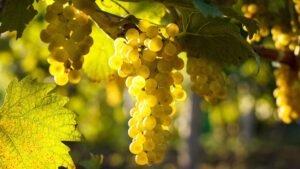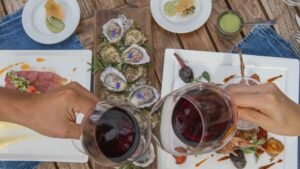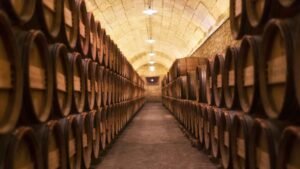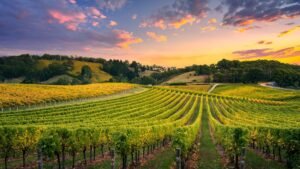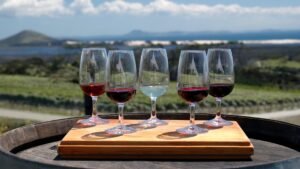How are sparkling wines produced?
There are different processes for making wines with bubbles or carbon dioxide. We are going to investigate its characteristics and peculiarities. According to their pressure, the wines are classified as still (less than 1 kilo or atmosphere of pressure); semi sparkling (from 1 to 3 kilos of pressure) or sparkling (more than 4 kilos of pressure). To make sparkling wine, the harvest is normally early than for regular wine to achieve higher acidity and lower alcohol content (10/11 degrees). A base wine fermented at a low temperature is made to preserve fruit aromas and flavors, without malolactic fermentation to keep natural acidity. They are made with chardonnay or pinot noir grapes more frequently or with other varieties such as semillon or pinot gris. Carbon dioxide can be of exogenous origin,…


